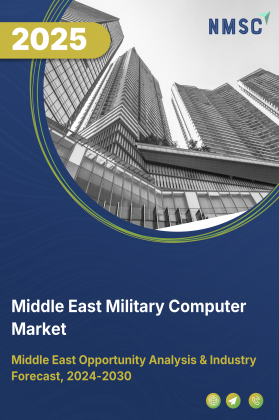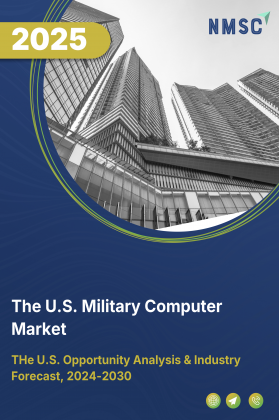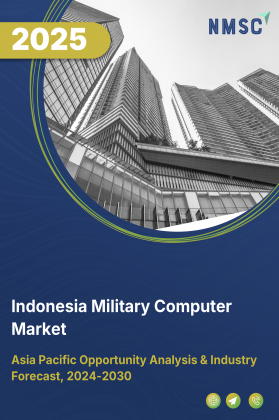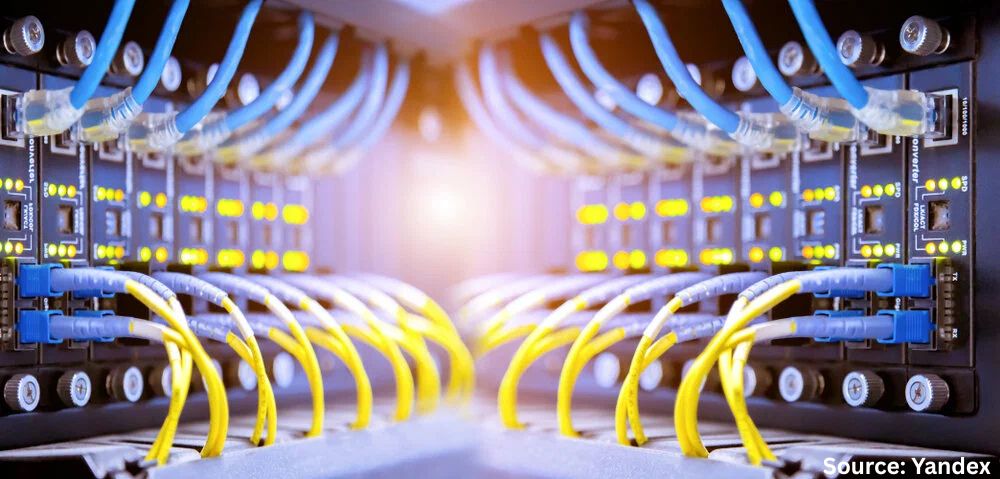
Middle East Military Computer Market by Component (Hardware, Software, and Service), by Product (Rugged Computer, Embedded Computer, and Wearable Computer), by Application (Command and Control Systems, Communication Systems, Combat and Tactical Operations, Intelligence, Surveillance, and Reconnaissance (ISR) Systems, and Others), and by End-User (Army, Navy, and Air Force) – Opportunity Analysis and Industry Forecast, 2025–2030
Industry: Aerospace & Defense | Publish Date: 06-Nov-2025 | No of Pages: 202 | No. of Tables: 146 | No. of Figures: 91 | Format: PDF | Report Code : AD3648
Industry outlook
The Middle East Military Computer Market size was valued at USD 170.2 million in 2024, and is projected to grow to USD 185.57 million by 2025. Additionally, the industry is expected to continue its growth trajectory, reaching USD 243.3 million by 2030, at a CAGR of 5.6% from 2025 to 2030.
Some of the factors that drives military computer market are increasing military capabilities, boosting defense spendings. However, the market is hindered by high investment cost that restricts its adoption. On the other hand, integration of advanced technologies such as AI is anticipated to create significant future opportunities. Moreover, few companies such as BAE Systems and Elbit Systems Ltd. are adopting various business tactics to maintain their stance in the market. These strategies are anticipated to fuel innovation and research in the region.
Increased Military Capabilities Driving Middle East Military Computer Market Growth
The significant military power in the country drives market growth due to the increased investments in advanced military technologies to strengthen its defense capabilities. This rise in military stature encourages the adoption of advanced systems for real-time data analysis, tactical support, and enhanced operational efficiency. These investments are crucial for enhancing operational efficiency and ensuring mission success, as a stronger and more modern military requires state-of-the-art computing solutions to maintain competitiveness and readiness The focus on enhancing defense infrastructure accelerates the demand for advanced military computing solutions, contributing to the growth of the market.
Increase in Defense Expenditure in Driving the Market
The growing military budget in the country is fueling the expansion of the market as the country emphasizes the acquisition of advanced systems for real-time data analysis and mission-critical functions. Increased investment in such technologies accelerates the adoption of military computing solutions, enhancing operational capabilities that allow the defense forces to better monitor and analyze battlefield conditions, coordinate complex operations, and optimize resources, thereby increasing their overall effectiveness. Thus, the increase in military expenditure is leading the adoption of advanced military computing systems, boosting market growth.
High Investment Cost Restrains the Middle East Military Computer Market Expansion
High costs associated with military computers restrict their adoption due to the significant financial burden on defense contractors and organizations with limited budgets. Their ability to adopt and integrate cutting-edge military computing technologies is severely restricted, hindering their capacity to enhance operational efficiency and improve strategic decision-making. The high initial investment and maintenance costs of these systems make it difficult for many to implement them, especially smaller organizations, slowing the growth and integration of rugged military computer technology in defense sectors, negatively affecting market growth.
Integration of Advanced Technologies Creates Future Market Opportunities
The integration of advanced technologies, such as artificial intelligence and machine learning creates possibility for military computer market growth. The integration of AI and ML becomes essential as these technologies enhance operational efficiency and decision-making capabilities. Military computers that support autonomous systems like drones and unmanned vehicles provide secured, dependable connectivity between them and are unlocking future opportunities for technological innovation in defense. With military budgets increasing by the day and the demand for cutting-edge technology growing stronger with each passing year, AI and ML integration within tactical computers be predicted to fuel considerable development in the sector.
Competitive Landscape
Several market players operating in the Middle East military computer industry are BAE Systems, Elbit Systems Ltd., Microchip Technology Inc., Northrop Grumman Corporation, Panasonic Holdings Corporation, Collins Aerospace, Intel Corporation, ADLINK Technology Inc., Barco NV, Dell Technologies, Qualcomm Technologies, Inc., Advanced Micro Devices, Inc., Thales Group, L3Harris Technologies, Inc., NVIDIA Corporation and others.
Middle East Military Computer Market Key Segments
By Component
-
Hardware
-
Processors
-
Input/Output Devices
-
Others
-
-
Software
-
Operating Systems
-
Application Software
-
-
Service
By Product
-
Rugged Computer
-
Rugged Laptops
-
Rugged Tablets
-
Rugged Displays
-
Rugged Handhelds
-
-
Embedded Computers
-
Wearable Computers
By Application
-
Command and Control Systems
-
Communication Systems
-
Combat and Tactical Operations
-
Intelligence, Surveillance, and Reconnaissance (ISR) Systems
-
Others
By End User
-
Army
-
Navy
-
Air Force
Key Players
-
BAE Systems
-
Elbit Systems Ltd.
-
Microchip Technology Inc.
-
Northrop Grumman Corporation
-
Collins Aerospace
-
ADLINK Technology Inc.
-
Barco NV
-
Dell Technologies
-
Qualcomm Technologies, Inc.
-
Advanced Micro Devices, Inc.
-
Thales Group
-
L3Harris Technologies, Inc.
-
NVIDIA Corporation
Report Scope and Segmentation:
|
Parameters |
Details |
|
Market Size in 2025 |
USD 185.57 Million |
|
Revenue Forecast in 2030 |
USD 243.3 Million |
|
Growth Rate |
CAGR of 5.6% from 2025 to 2030 |
|
Analysis Period |
2024–2030 |
|
Base Year Considered |
2024 |
|
Forecast Period |
2025–2030 |
|
Market Size Estimation |
Million (USD) |
|
Growth Factors |
|
|
Companies Profiled |
15 |
|
Market Share |
Available for 10 companies |
|
Customization Scope |
Free customization (equivalent up to 80 working hours of analysts) after purchase. Addition or alteration to country, regional, and segment scope. |
|
Pricing and Purchase Options |
Avail customized purchase options to meet your exact research needs. |

















 Speak to Our Analyst
Speak to Our Analyst

























